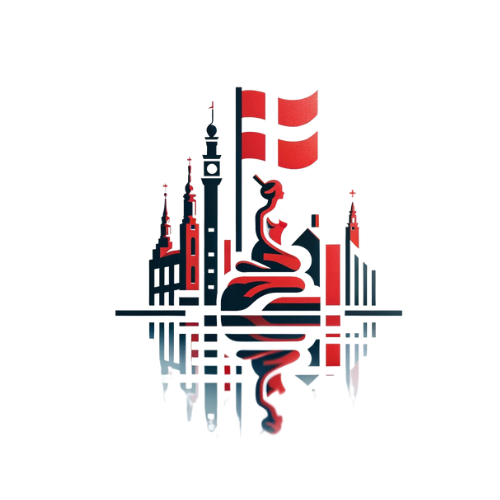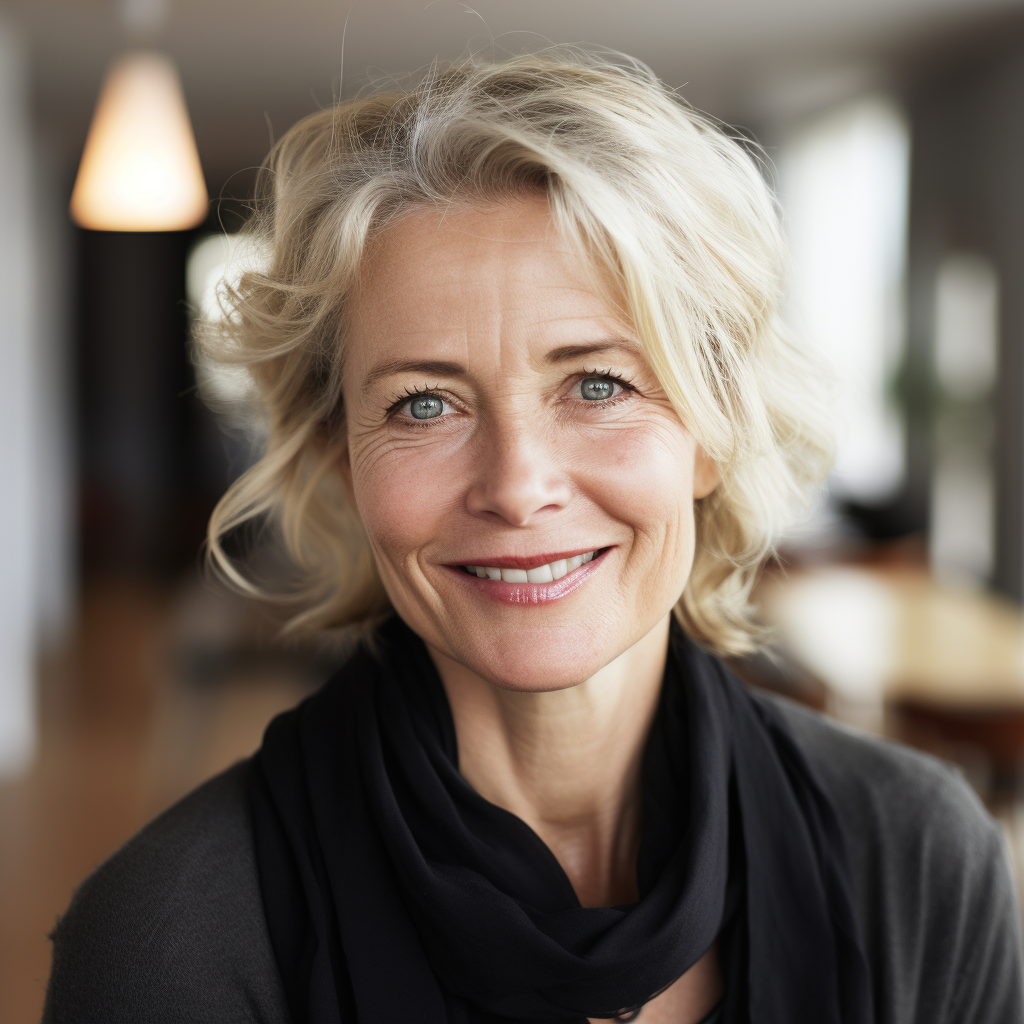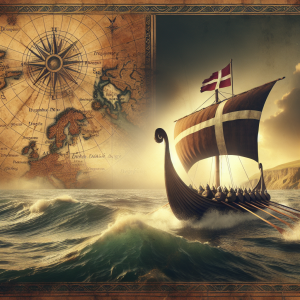The Rich and Colorful Danish Easter Traditions
As a proud Dane, I have always been enamored by the rich cultural traditions that have been passed down through generations in my country. It is during Easter, in particular, that the Danish culture truly comes alive with a plethora of vibrant and meaningful traditions that have been celebrated for centuries. In this article, I will take you on a journey through the colorful and captivating Danish Easter traditions, blending historical insight with contemporary relevance to bring our culture to life for you.
The Arrival of Spring: Påskeferie
In Denmark, Easter marks the arrival of spring, and it is celebrated with great joy and enthusiasm. The Danish word for Easter is “Påske”, and the Easter holidays are known as “Påskeferie”. As the harsh winter starts to wane, Danes eagerly embrace the promise of warmer days and blooming flowers. The arrival of Easter is a time for renewal and rejuvenation, both in nature and in our spirits.
Easter Decorations: Påskepynt
One of the most beloved Danish Easter traditions is the decoration of homes with bright and cheerful Påskepynt, or Easter decorations. These decorations often feature colorful eggs, both real and artificial, as a symbol of new life and fertility. In addition to eggs, Danish homes are adorned with vibrant spring flowers such as daffodils and tulips, creating a warm and inviting atmosphere to welcome the season of rebirth.
- Colorful eggs symbolize new life and fertility
- Spring flowers such as daffodils and tulips create a warm and inviting atmosphere
The Easter Feast: Påskefrokost
The Easter celebration in Denmark is incomplete without the traditional Påskefrokost, or Easter lunch, which is a lavish and festive affair. Families and friends come together to enjoy a sumptuous spread of traditional Danish delicacies, including herring, smoked salmon, and various types of Danish cheese. The centerpiece of the Easter feast is the iconic Påskelam, or Easter lamb, which is often served roasted with a delectable array of side dishes.
The Easter Egg Hunt: Æggejagt
The Danish Easter tradition of Æggejagt, or Easter egg hunt, brings joy and excitement to children and adults alike. Colorful eggs, both real and chocolate, are hidden in gardens and parks, and eager participants embark on a lively hunt to find them. The joyous laughter and sense of camaraderie during the Æggejagt highlight the spirit of togetherness that is central to Danish culture.
The Burning of the Witch: Påskebål
On the night before Easter Sunday, many Danish communities participate in the unique tradition of Påskebål, which involves the burning of a straw witch effigy. This centuries-old custom is believed to ward off evil spirits and welcome the arrival of spring. As the witch effigy is set ablaze, the crackling flames and jubilant cheers fill the air, creating a sense of communal solidarity and delight.
Easter Church Services: Påskegudstjeneste
For many Danes, Easter is also a time of spiritual reflection and reverence, as they attend Påskegudstjeneste, or Easter church services. The beautiful hymns and solemn sermons during these services offer a profound sense of comfort and hope, reminding us of the enduring significance of Easter in the Christian faith.
Conclusion: Embracing Danish Easter Traditions
As I reflect on the cherished traditions of Easter in Denmark, I am reminded of the profound beauty and depth of our cultural heritage. From the vibrant decorations and festive feasts to the joyous egg hunts and solemn church services, Danish Easter traditions encapsulate the essence of community, renewal, and celebration. I invite you to embrace the rich tapestry of Danish Easter traditions, and to experience the warmth and wonder they bring to our lives.





